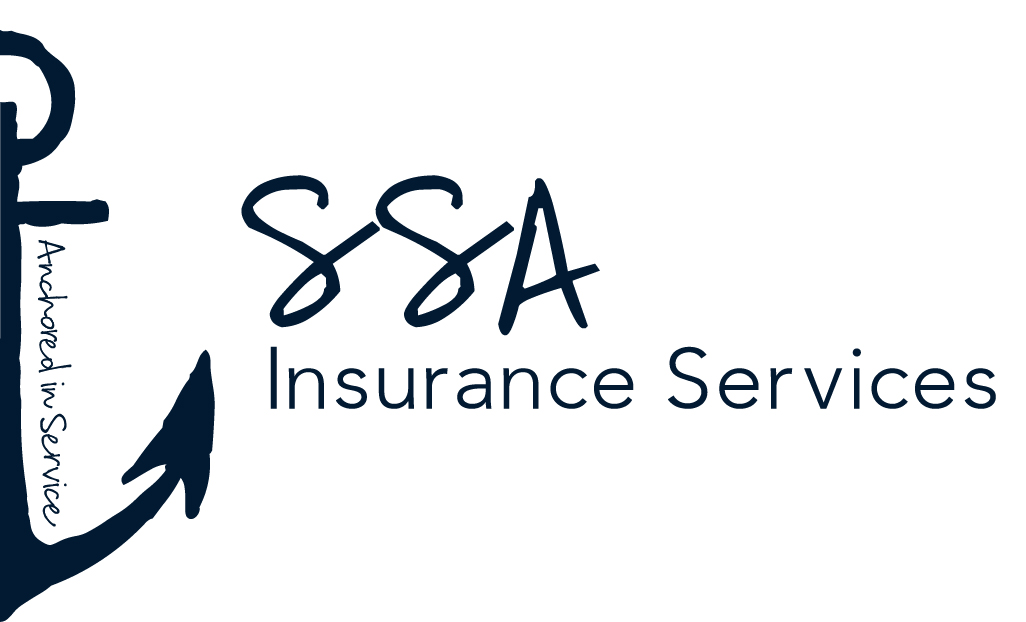5.25.22
Provided by: Stephanie San Antonio, President & Benefits Specialist for SSA Insurance Services.
For more information please call us at (760) 203-4299 or visit our website at: www.ssainsuranceservices.com 
It can be hard to keep track of all of the acronyms you and your employees need to know when it comes to their health coverage options. In this article we’re going to explain what an HMO, PPO, HSA and FSA is, and who might be better suited for what type of plan or account. We hope this helps you better understand how these plans work to be able to make a thoughtful decision on what types of plans and accounts to add to your benefits package!
The two most popular medical plan types are HMO (Health Maintenance Organization) and PPO (Preferred Provider Organization) plans. In general, HMO plans are usually more budget-friendly than PPO’s as they only allow access to a certain medical network. The HMO medical network includes providers and facilities within specific medical groups. Network providers are contracted with the health insurance carriers to give discounts in exchange for access to a health plan’s members. If the medical service was out of network, it will not be covered at all by your HMO plan meaning you’d have to pay the full cost of the medical service out of pocket.
Although PPO plans offer more flexibility when picking a doctor or medical facility/hospital, it is worth noting that they, too have networks. There are “participating” and “non-participating” providers, and different benefits for each scenario depending on the service or procedure. If you see a participating PPO provider, the plan will cover more of the cost, but if you must see a non-participating provider, the service will still be covered, just not as much as it would of you were seeing someone in the PPO network. The benefit differences are outlined on the Summary of Benefits and Coverage.
HMO plans usually require you to elect a Primary Care Physician (PCP) who is your main point of contact for your medical care. If you need to see a Specialist, you’d need to be referred by your PCP (and the specialist must also be within the same medical group as your PCP). With PPO plans the member can self-refer to a specialist without seeing their PCP first.
Both HMO and PPO plans usually have different metallic tiers indicating the type of coverage the plan provides, ranging from Bronze (cheapest and therefore least comprehensive coverage) to Platinum (richest benefits and therefore most expensive in premium). For people who prefer to see the specialist of their choice without having to wait for a referral from their PCP, a PPO might be the way to go. For others looking for a budget-friendly plan who don’t go to the doctor or use their insurance very often, sometimes a Silver or Gold level HMO is sufficient. For people who visit the doctor regularly (or have kids who may need to go in frequently), a Platinum level HMO or PPO plan, if it’s offered by their employer, might make the most sense. The broker for the group health plan should be able to assist employees with determining what type of plan is most appropriate for themselves and their families.
A Health Savings Account (HSA) is a type of account that you can fund with pre-tax dollars to later pay for copays and other medical expenses. You can get reimbursed by submitting a claim to your HSA administrator, or you can use your HSA debit card to pay for these qualified expenses. Any money leftover may stay in the account, growing tax-free, and the money is yours for life regardless of whether you start working for another company. There are certain limitations which include:
- How much you can contribute per year to your HSA. In 2022, individuals can contribute a maximum of $3,650 and if you’re enrolled as a family you can contribute up to $7,300. There’s also an annual “catch-up” contribution amount for individuals age 55 or older of $1,000. The IRS may change this year to year.
- What you can use the funds for. Here is a list of qualified medical expenses you can get reimbursed for through your HSA: https://www.hsabank.com/hsabank/learning-center/irs-qualified-medical-expenses
- You MUST be enrolled on a High Deductible HSA-compatible health plan in order to contribute to an HSA. Usually these are Bronze or Silver level plans which require you to satisfy the deductible before most services would be covered. These are typically cheaper in premium, so enrolling onto this type of plan might be better suited for someone who is healthy, young, has enough money to be able to contribute to their HSA, and does not anticipate needing to use their insurance or go to the doctor in the near future. When something does happen later in life, they have built up enough savings in their HSA to be able to pay for the medical expense using those funds. These plans might NOT be well suited for someone with a chronic illness or condition who uses their insurance often, someone older who has more health issues, or for people with kids who visit the doctor frequently. These types of people might find that paying a higher premium for a lower deductible plan would be more cost effective.
- Withdrawals are allowed but there is a penalty tax.
- Lastly, there usually are fees to set up and maintain an HSA, depending on the bank you use.
HSA’s are different than Healthcare Flexible Spending Accounts (FSA’s) in that:
- You can only get an FSA through an employer, not on your own like you can with an HSA.
- While you are still funding it with pre-tax dollars, the FSA annual contribution maximum is different: $2,850 in 2022. The IRS may change this amount year to year.
- FSA’s are NOT yours for life, meaning that you must use any money you put in by the end of the grace period or run-out period, otherwise any unused portion above the rollover amount (you may rollover up to $570 in 2022) goes back to your employer (forfeited).
- Self-employed individuals and owners of certain types of corporations are typically not eligible for an FSA.
- There is easier access to the FSA funds, as the total annual contribution amount is available on the first day of the plan year. These plans are best suited for individuals who DO anticipate using their insurance regularly for expected medical, dental and/or vision needs. By saving this money on a pre-tax basis, it allows their money to stretch farther.
- Employees who enroll onto an HSA are not able to enroll onto an FSA.
- Withdrawals are NOT allowed.
- There are more than one type of FSA, including Dependent Care FSA’s to help with child care expenses, and Commuter Benefit FSA’s to help with transit and parking expenses with your pre-tax dollars as well. The HSA only allows you to use the money on qualified medical expenses which are determined by the IRS.
We hope this information was helpful and for more tips please follow our Facebook page at https://www.facebook.com/SSAInsuranceServices/ or give us a call!
Since 2013 SSA Insurance Services has been helping organizations of all sizes to promote and protect the health and wellness of their most important asset: their employees. Stephanie San Antonio and her team do this by working with employers to design, implement, and maintain a company culture that is in line with their mission and values, and building a comprehensive benefit package that attracts and retains their top talent. Call SSA at (760) 203-4299 for a complimentary benefits package review, to make sure your group health plan is in compliance, and for help with establishing a wellness program for your employees to keep them healthy, happy and engaged.




